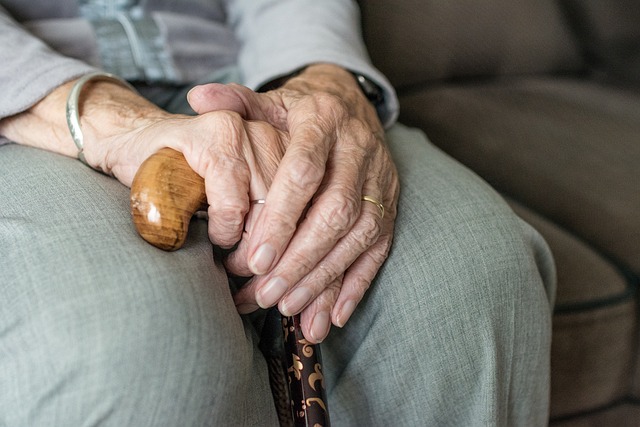The social care crisis: how can advances in virtual wards ease pressure?
Written by Lilian SmitThis month the NHS turned 75. While this gave pause for many to give thanks and celebrate the service, others had a question – can it survive another 75?
A particular spotlight was turned onto the social care crisis in the media. A lack of transparency on funding from the government and critical staffing shortages are partly to blame, but for our overstretched hospital services there is a polarising social care issue that prevents patients from receiving effective care – bed blocking.
A lack of integration across different departments and efficient patient flow are the main contributors to this, but the infrastructure is simply not in place to discharge people with longer term healthcare needs into the proper care needed for them to be supported – either at home or in residential care.
In response to this, virtual wards are increasingly being used by the NHS to provide care to patients at home or in a longer-term care setting. In 2022 the NHS was set a target to create 40–50 virtual wards per 100,000 people with a view to improving capacity ahead of expected winter patient increases.
Can virtual wards play a role in easing NHS pressure?
A virtual ward uses the systems and staffing of a hospital ward while enabling the patient to get the care they need where they live (including care homes) safely and conveniently, rather than being in hospital. This includes technology such as remote monitoring that can track vital signs such as heart rate and oxygen levels, these can then be checked by domiciliary care worker visits or monitored by friends and family. Early reports indicate that virtual wards are incredibly proficient in keeping people out of hospital, discharge patients early, reduce clinical time and give patients autonomy and choice.
Data bridging the gap – we need a joined-up approach
There is however a recognised workforce and tech skills shortage in the NHS which stands as a challenge to the full delivery and success of virtual wards. While we await both the national workforce plan and the digital, data and technology workforce plan, it cannot be underestimated how training staff properly on virtual ward processes. Creating a more joined up approach across health and social care is essential if they are to be a permanent fixture – and this will be needed if it’s to create an impact on bed blocking.
For virtual wards to fulfil their potential to relieve pressure on the NHS in winter 2023, local data should be used to make bespoke, local healthcare decisions that address the needs of that population in every ICS. Currently the potential for increasing effective use of virtual wards is undermined by lack of access to good data on local population needs and demands.
Communicating the benefits
There is considerable enthusiasm among clinicians and local health leaders who are advocating for an increase in the use of virtual wards; but others may still need convincing. Some care or virtual ward system providers have received a negative reputation by using outdated technology that cannot integrate fully with hospital systems, meaning there is a lack of data for them to work effectively.
For providers looking to begin conversations with ICS’ about supplying virtual ward services, their brand awareness needs to be developed. Trust can be built through communications on the modernisation of systems and proven use cases that demonstrate the benefits are essential in building trust for people responsible for procurement, and the staff who influence them.
If you are looking to raise awareness of your virtual ward solutions and would like more information on how we could develop your communications strategy, then please get in touch at salesandmarketing@mantispr.co.uk



